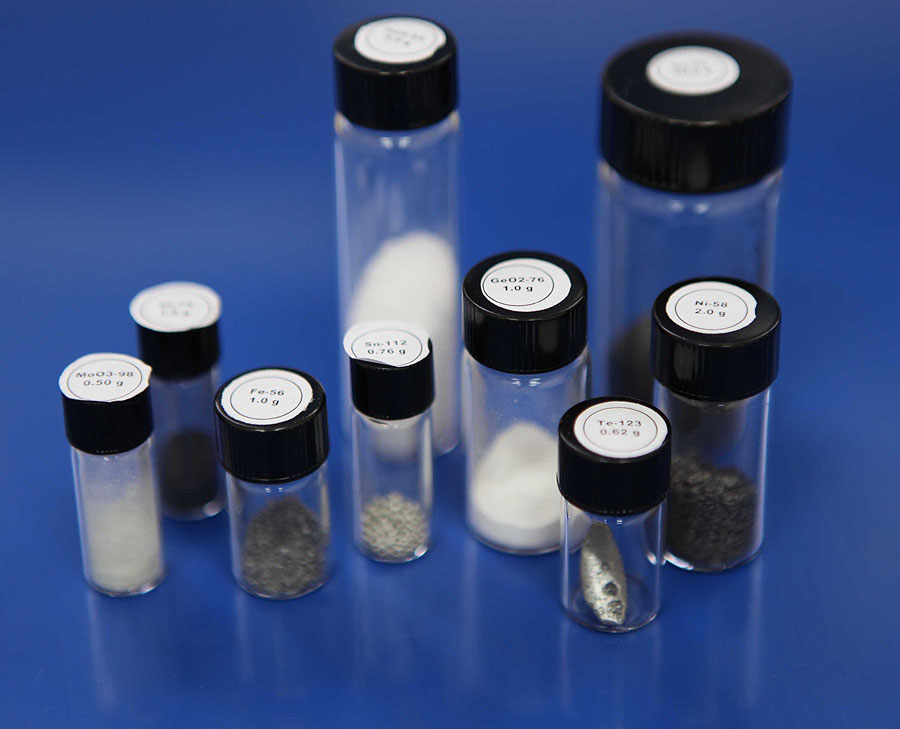Russia to accelerate development of its REE base

By Eugene Gerden
Russia plans to accelerate the development of its REE (rare earth elements) base amid the ever-tightening sanctions regime against the country. To this end, the goals of import substitution in the REE sector were included in the recently adopted Russian state strategy for the development of metallurgy until 2030.
Previously, large Russian state-owned corporations, including Rosatom, Rostec, Norilsk Nickel and Gazprom, announced large projects for the production of rare earths and metals, but the task of import substitution is still far from being realized.
The issue of Russia’s dependence on imports of REE has been repeatedly discussed at various levels. According to an earlier report, prepared by the Russian Accounts Chamber, Russia imports more than a third of strategic types of mineral raw materials and more than 60% of various REE.
As well, according to estimates of the Accounts Chamber, the needs of the Russian economy for manganese, chromium, titanium and lithium were fully met by imports. At the same time imports covered 87% of domestic demand for zirconium, 40.5% for molybdenum, and 18% for tungsten.
Back in December 2020, the Minister of Industry and Trade, Denis Manturov, said that import dependence on REE should decrease to 50% by 2024. He did not disclose details, but the Russian Kommersant business newspaper, citing data from the Ministry of Industry and Trade, clarified that these plans involve increasing the production of REE up to 20,000 tonnes annually by 2024 and up to more than 70,000 tonnes by 2030.
Particular attention will be paid to import substitution of such minerals and metals as ilmenite, lithium, tungsten, molybdenum, niobium, as well as chromium and manganese.
In the case of lithium, the largest investment projects in this field, which are scheduled for implementation during 2023–2030, will involve the development of lithium fields at the Zavitinsky (Rosatom), Kovykta (Gazprom), Yarakta (Irkutsk Oil Company), Kolmozersky and Polmostundrovsky fields. This, according to the ministry, should fully meet the domestic demand for lithium raw materials.
Currently in Russia, there is some capacity for processing lithium raw materials, but most of it (about 8500 tonnes) is supplied on a tolling basis and sent to foreign companies in Europe and Asia-Pacific in the form of lithium hydroxide and lithium metal.
At the same time, demand for tungsten and molybdenum, according to the Ministry of Industry and Trade, should be provided at the expense of the Rostec’s project at the Tyrnyauz deposit in Kabardino-Balkaria, as their output should reach 5,000 tons and 1,500 tonnes of both metals respectively by 2026.
A representative of Rostec said the volume of investments in the project will reach 55 billion rubles (US$727 million).
For the production of titanium, it is planned to produce ilmenite concentrate although now ilmenite is not produced in Russia on any scale.
For niobium, according to the strategy, at least two deposits are being prepared for development – the Tomtorskoye in Yakutia and Zashikhinskoye in the Irkutsk region. The commissioning of Zas hikhinsky is scheduled for 2026 and Tomtorskoye – in 2028. Their launch will allow production of about 2,500 tonnes of ferroniobium in 2026 and up to 12,500 tonnes per year starting in 2028. To meet the current annual needs for metallurgy ferroniobium, according to the Ministry of Industry and Trade, 3,000-3,500 tonnes of ferroniobium is enough. According to Russian Izvestia business paper, over 95% of ferroniobium is now imported to Russia from Brazil. Still, difficulties with the production of niobium in Russia are related to the fact that reserves of niobium ore in Russia lie in hard-to-reach areas of permafrost.
At the same time, development of chromium ore is prevented by both the remoteness of most deposits and the low content of chromium oxide in the ore.
In 2023, the largest Russian lithium deposits – Kolmozerskoye and Polmostundrovskoye in the Murmansk region – are being prepared for licensing.
Among the problems, limiting more active development of REE fields in Russia is the lack of new technologies for processing ore, the need to build infrastructure and organize deep processing of raw materials to produce a wide range of products.
In the strategy, the Ministry of Industry and Trade lists a number of state supported measures that will be required to stimulate development of the REE sector. That will primarily involve the provision for serious tax incentives for producers.
Currently among the major problems, which prevent more active development of REE fields in Russia, are their location in hard-to-reach areas, the lack of necessary infrastructure and often rather low content of useful components. According to Russian analysts, there are no technologies for separating rare and other by-product metals in Russia, which leads to higher capex of Russian projects.
Analysts also believe that the development of REE base in Russia has traditionally been limited by the lack of domestic demand, as Russia does not have a sufficiently large market for a number of metals, not exceeding 3,500 tonnes annually in case of ferroniobium, compared with potential capacity of 6,000–7,000 tonnes of the Tomtor field.
Russia ranks after China in terms of rare metal reserves, but its share in world production is less than 2%.
According to experts, in order to develop domestic REE production, companies should focus on the export orientation of projects and signing of long-term contracts with consumers in Asia. In addition, according to them, it is necessary to develop intermediate industries for the consumption of rare metals, for example, the production of special alloys for exports.
